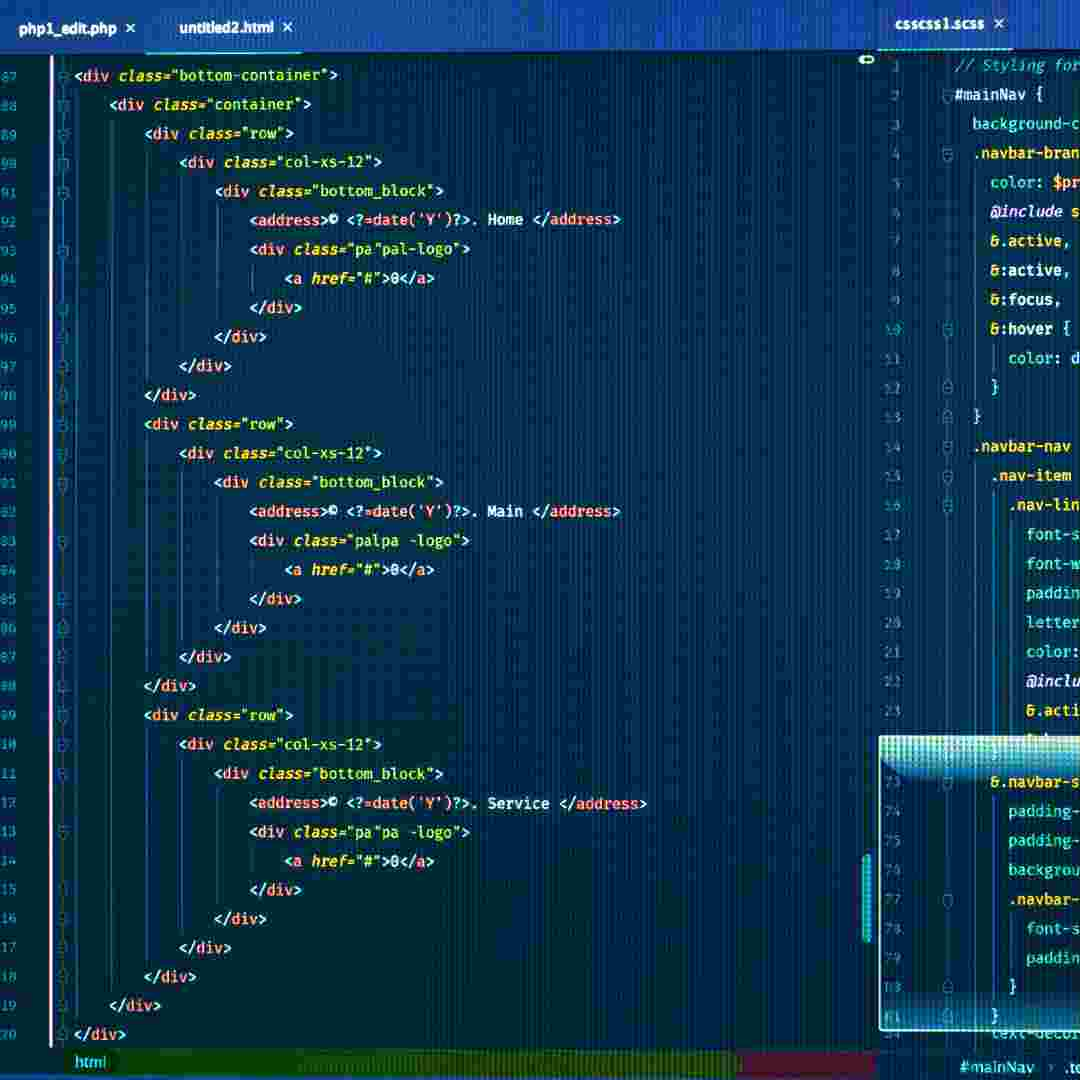Contents Table
Introduction
Use RabbitMQ for Asynchronous Messaging When
RabbitMQ for High Availability
Event-Driven Architecture with RabbitMQ
Microservices Communication with RabbitMQ
Investigating RabbitMQ for DTC
Q&A
Conclusion
Introduction
RabbitMQ is an open-source AMQP message broker. Asynchronous application communication is made possible by this trustworthy messaging mechanism. RabbitMQ handles simple message forwarding to complicated routing and distributed processing. Applications requiring reliable messaging, scalability, and high performance should use it. RabbitMQ is also ideal for distributed data processing applications.
Use RabbitMQ for Asynchronous Messaging When
RabbitMQ is an open-source AMQP message broker. Asynchronous communication between applications, services, and systems is enabled by it. RabbitMQ is popular for asynchronous messaging because to its scalability, dependability, and flexibility.
RabbitMQ is useful for several applications:
1. Event-driven architectures: RabbitMQ can publish events as messages for many applications to receive. This facilitates autonomous scaling of dissociated systems.
2. Microservices: RabbitMQ helps microservices communicate. This lets services be created and deployed separately while yet communicating.
3. Distributed systems: RabbitMQ may send messages across several nodes. Applications can be spread across multiple servers and still communicate.
4. Real-time applications: RabbitMQ can send and receive messages in near real time. This lets apps respond faster to user input and improve user experience.
Due to its scalability, stability, and flexibility, RabbitMQ is ideal for asynchronous messaging. It works for event-driven architectures, microservices, distributed systems, and real-time applications.
RabbitMQ for High Availability
RabbitMQ is an open-source message broker that lets apps communicate. This reliable, robust, and scalable messaging system can help you achieve high availability. RabbitMQ provides a reliable, high-performance messaging solution for many applications.
RabbitMQ's qualities make it perfect for high availability. RabbitMQ is highly available and fault-tolerant. Designed to handle many messages and recover rapidly from faults. RabbitMQ has several features that simplify system management and monitoring. This includes a web-based administrative interface, a command line interface, and APIs for easy system integration.
RabbitMQ has several features that simplify high availability. It offers several clustering techniques to connect numerous nodes for redundancy and scalability. Several RabbitMQ capabilities simplify system monitoring and management. This includes a web-based administrative interface, a command line interface, and APIs for easy system integration.
Finally, RabbitMQ has some features that simplify high availability. It offers several clustering techniques to connect numerous nodes for redundancy and scalability. Several features simplify system monitoring and management. This includes a web-based administrative interface, a command line interface, and APIs for easy system integration.
In conclusion, RabbitMQ is suited for high availability. It is highly available, fault-tolerant, and has several features that simplify system management and monitoring. It offers several clustering techniques to connect numerous nodes for redundancy and scalability. Finally, it has some features that simplify system integration.
Event-Driven Architecture with RabbitMQ
Event-driven architecture (EDA) lets apps react instantly to events. Scalable and durable distributed systems are often built using it. The open-source message broker RabbitMQ can build an event-driven design.
Message brokers like RabbitMQ let apps send and receive messages. It provides a dependable, asynchronous messaging system for event-driven architecture. RabbitMQ supports AMQP, STOMP, and MQTT.
RabbitMQ is fault-tolerant and highly available. It can be clustered to provide messages even if nodes fail. RabbitMQ supports message acknowledgements, persistence, and routing.
RabbitMQ can implement event-driven architecture in several ways. It lets programmes respond to events in real time by publishing them to many subscribers. RabbitMQ can additionally implement a publish/subscribe paradigm to notify applications of certain events.
RabbitMQ is a powerful event-driven architectural tool. It offers a stable, asynchronous messaging system for real-time event publishing and subscription. It supports message acknowledgements, persistence, and routing and is highly available and fault-tolerant. Developers can quickly design scalable, robust distributed systems with RabbitMQ.
Microservices Communication with RabbitMQ
Microservices communicate using RabbitMQ, an open-source message broker. Scalability, dependability, and flexibility make it popular for distributed systems. RabbitMQ supports HTTP, STOMP, and MQTT and is built on AMQP.
RabbitMQ can transmit and receive messages between microservices and manage enormous amounts of data. It lets services exchange data securely and reliably. RabbitMQ allows asynchronous communication, so services can talk without waiting.
RabbitMQ may be configured quickly to establish a distributed system. It can also add and remove services without disruption because to its scalability. RabbitMQ also offers message routing, durability, and acknowledgements, making it perfect for microservices communication.
RabbitMQ is great for microservices communication. It is trusted, safe, and scalable, making it perfect for distributed systems. RabbitMQ is great for microservices communication due to its many capabilities and messaging protocol support.
Investigating RabbitMQ for DTC
RabbitMQ is an open-source AMQP message broker. For distributed task queues, its stability, scalability, and flexibility make it popular.
RabbitMQ provides dependable application-service messaging. Sending and receiving messages lets applications communicate asynchronously. RabbitMQ queues messages. The queues are dispersed across numerous nodes for high availability and scalability.
Several properties make RabbitMQ appropriate for distributed task queues. It supports AMQP, STOMP, and MQTT. It also offers queue management capabilities like message routing, persistence, and acknowledgements.
Many queue monitoring and management tools are available from RabbitMQ. These include the RabbitMQ Management Console, a web-based queue management interface, and the CLI, a command-line interface.
The distributed task queue technology RabbitMQ is powerful and trustworthy. It has many queue management capabilities and tools. Applications that need dependable service messages should use it.

Q&A
What is RabbitMQ?
A1: RabbitMQ is an open-source AMQP message broker. It facilitates application, service, and system communication.
Q2: RabbitMQ benefits?
A2: RabbitMQ is scalable, reliable, and flexible. It has many features and plugins and is easy to install and use.
What apps can use RabbitMQ?
A3: RabbitMQ supports online, mobile, IoT, and microservices.
Q4: RabbitMQ's primary parts?
A4: RabbitMQ has a message broker, queue, exchange, and bindings.
Where do I start with RabbitMQ?
A5: Install and configure RabbitMQ to get started. Create queues, exchanges, and bindings to send and receive messages.
Conclusion
RabbitMQ is a strong and adaptable messaging system. Applications that need reliable messaging, high throughput, and low latency benefit from it. It is also ideal for fast-scaling applications. RabbitMQ is ideal for real-time data processing and multi-service communication. Overall, RabbitMQ is ideal for applications that demand dependable communications and scalability.
